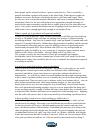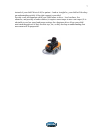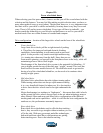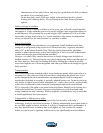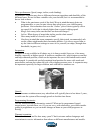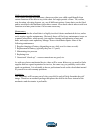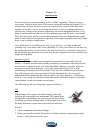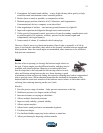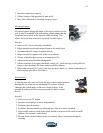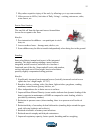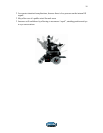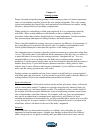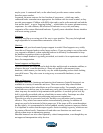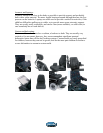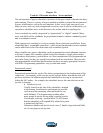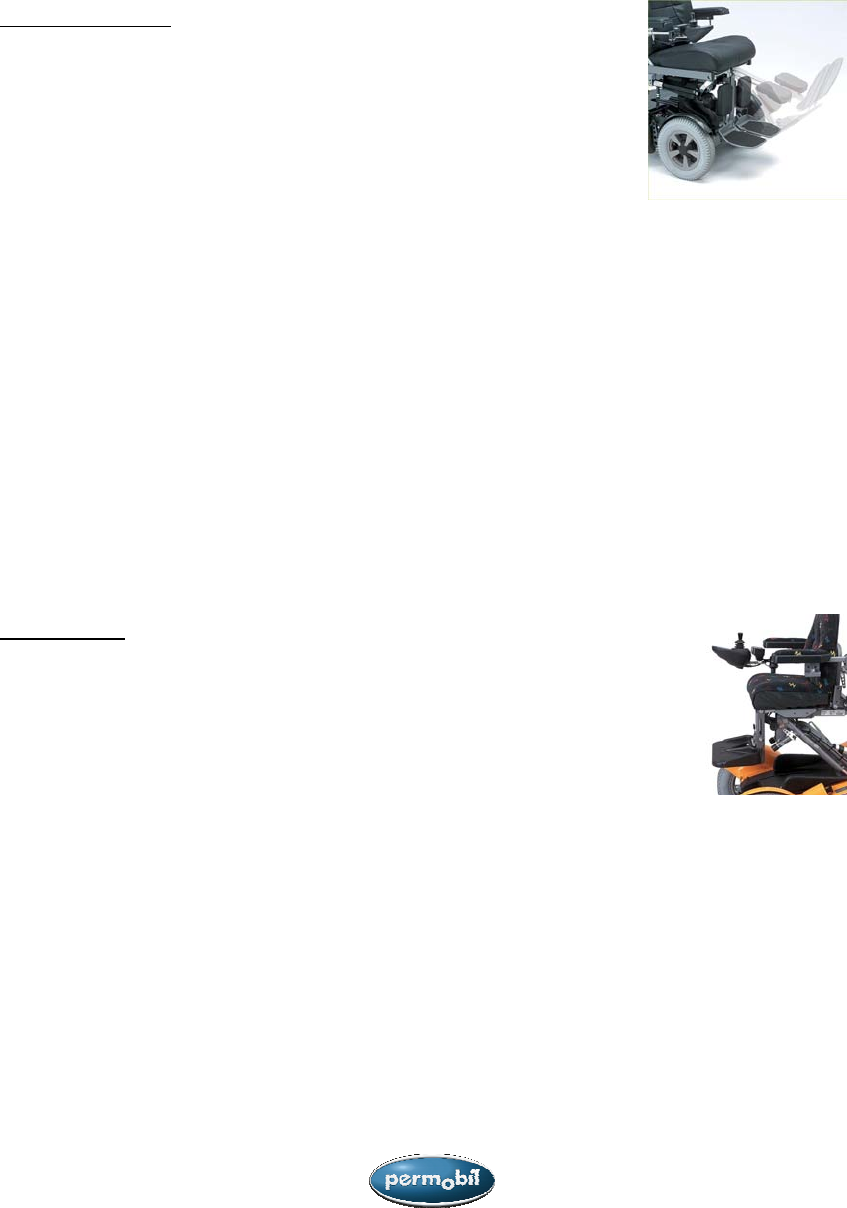
14
• Increases respiratory capacity
• Allows change of hip position for pain relief
• May allow reduction of attendant/caregiver hours
Elevating legrests
Elevating legrests change the angle of the legrest relative to the
seat. It may be available with articulation, which means that the
footplates move down on the legrests while elevating. This
allows for better knee extension, especially for taller users.
Benefits:
• Improves LE (lower extremity) circulation
• Helps maintain stretch and range of motion for at the knees
• Accommodates LE range of motion deficits
• May be needed to support cast, splint, or prosthetics
• Change of position due to pain or neuropathy in LEs
• Allows better bowel/bladder management
• Allows clearance to navigate thresholds, ramps, etc., while the legs can be pulled in
closer to the wheelchair for better maneuverability indoors.
• Helps reduce edema, BUT only if the legs are above heart (i.e. with a combination of
elevating legs plus tilt or tilt/recline).
Seat elevator
A seat elevator will raise and lower the user in their seated position
through the use of an electro-mechanical lift system, without
changing the seated angles or the seat’s angle relative to the
ground, in order to provide varying amounts of added vertical
access.
Benefits:
• Allows access 6-10” higher
• Increases reach and gives more independence
• Facilitates lateral transfers
• Facilitates forward transfer by allowing legs, hips to be more extended
• Allows adult users to reach items which should be kept out of the reach of small
children (for example, medications)
• Driving while elevated allows better eye contact, allows better positioning for
reaching



